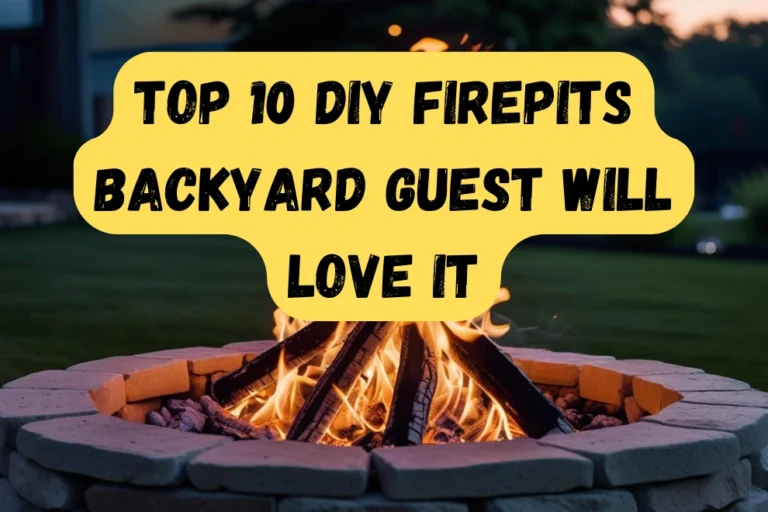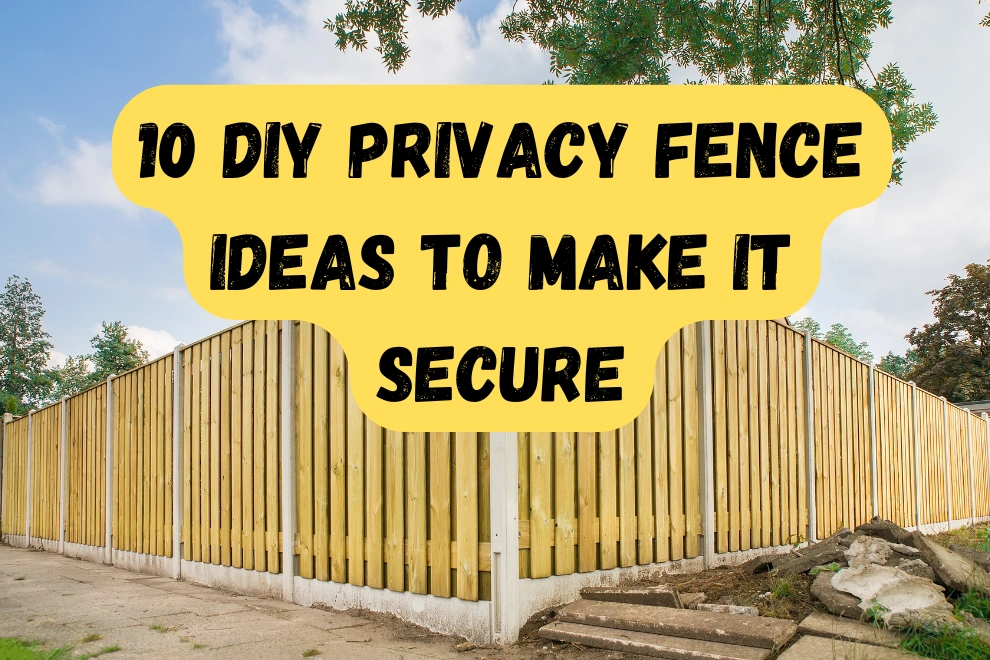
Tired of nosy neighbors or just want a more secluded space to relax outdoors?
A DIY privacy fence is the perfect weekend project to reclaim your peace—and style—without blowing your budget. From classic wood panels to modern slat walls and planter-integrated fences, you can build a fence that fits your space, your vibe, and your skill level.
Let’s explore smart, stylish DIY privacy fence ideas that offer both function and flair—no contractor needed.
1. DIY Privacy Fence with Custom Gate
Add function and style to your privacy fence by building a matching gate that blends seamlessly with your design—perfect for easy access and added charm.
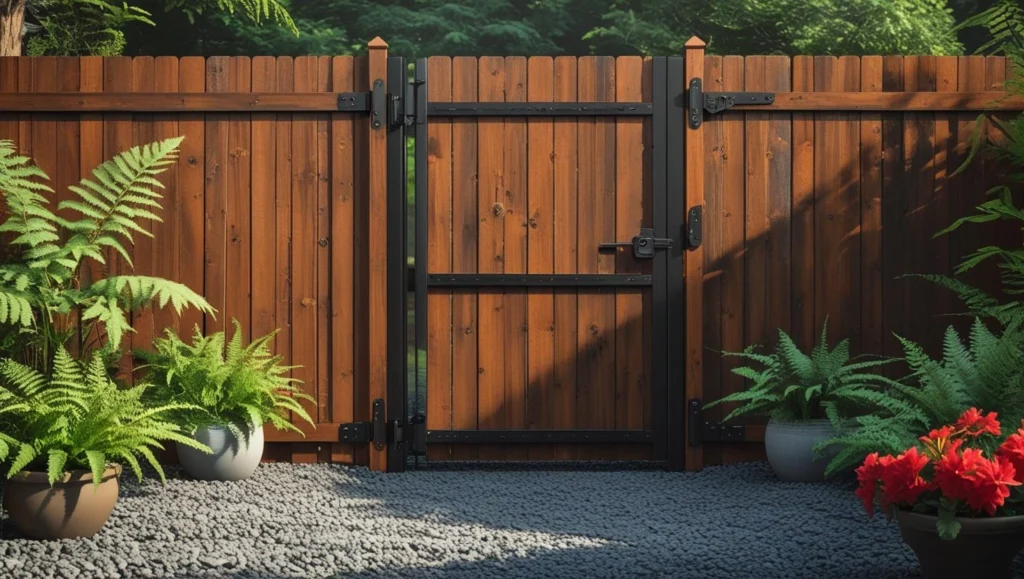
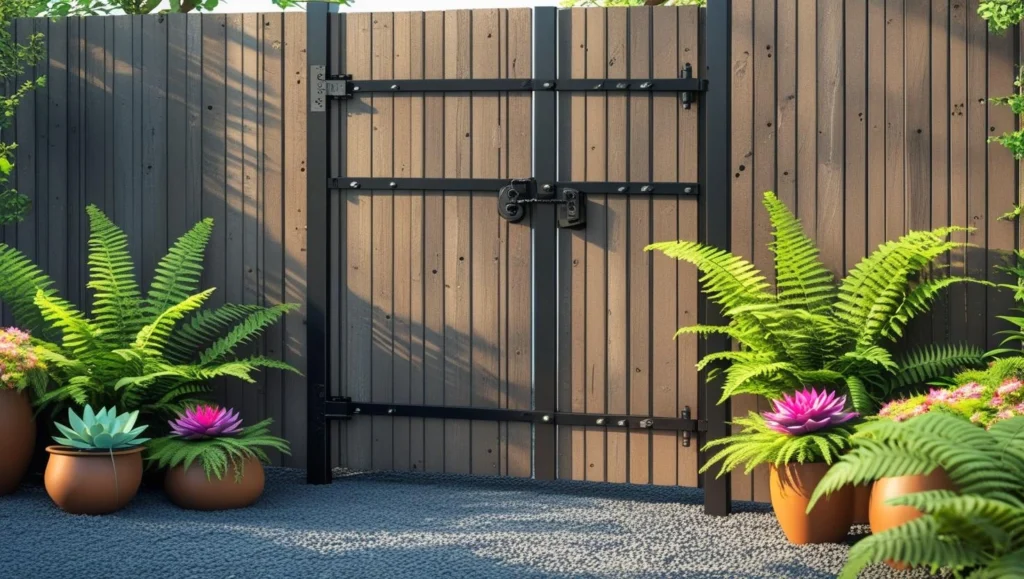
2. DIY Privacy Fence with Built-In Planters
Combine privacy and greenery by building a fence with integrated planters—perfect for herbs, flowers, or trailing vines.
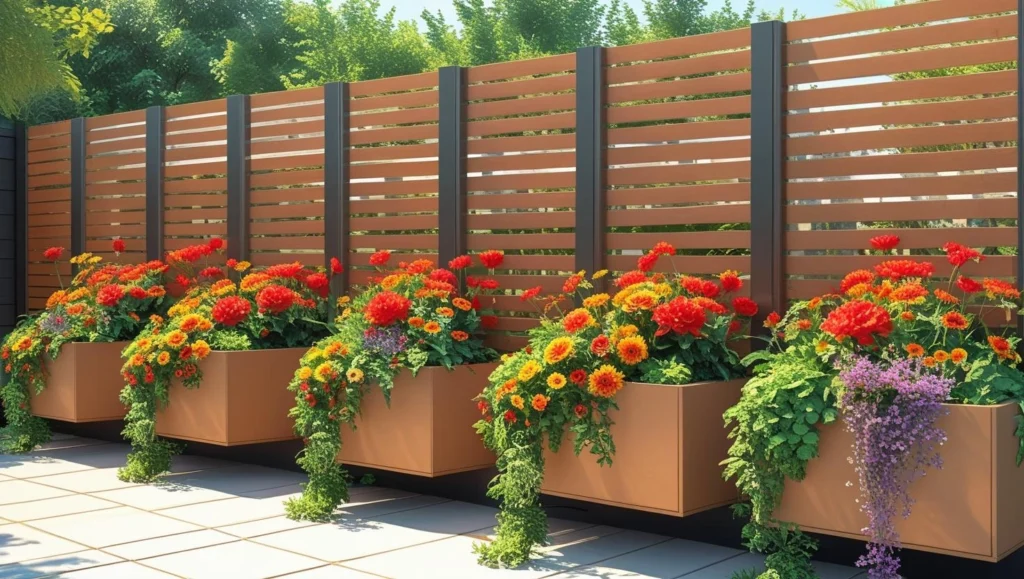
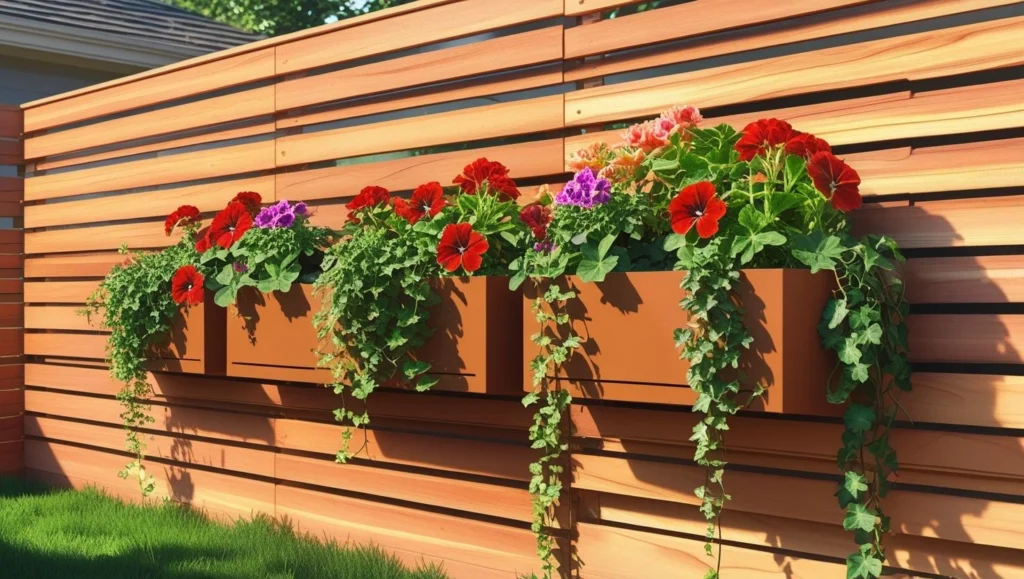
3. DIY Chain Link Fence Privacy Upgrade
Transform a basic chain link fence into a private, stylish barrier using affordable materials like wood slats, reed panels, or outdoor fabric.
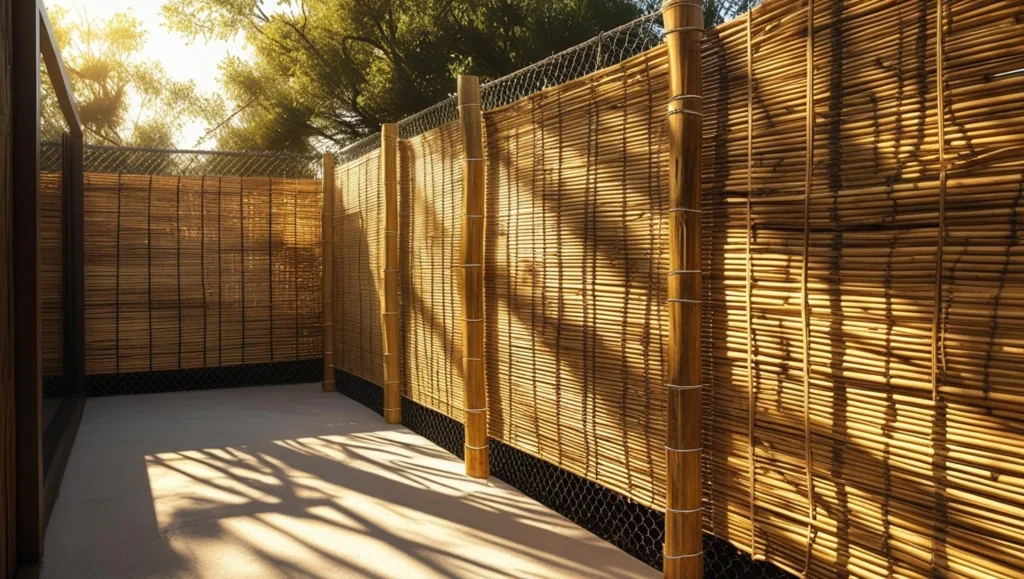
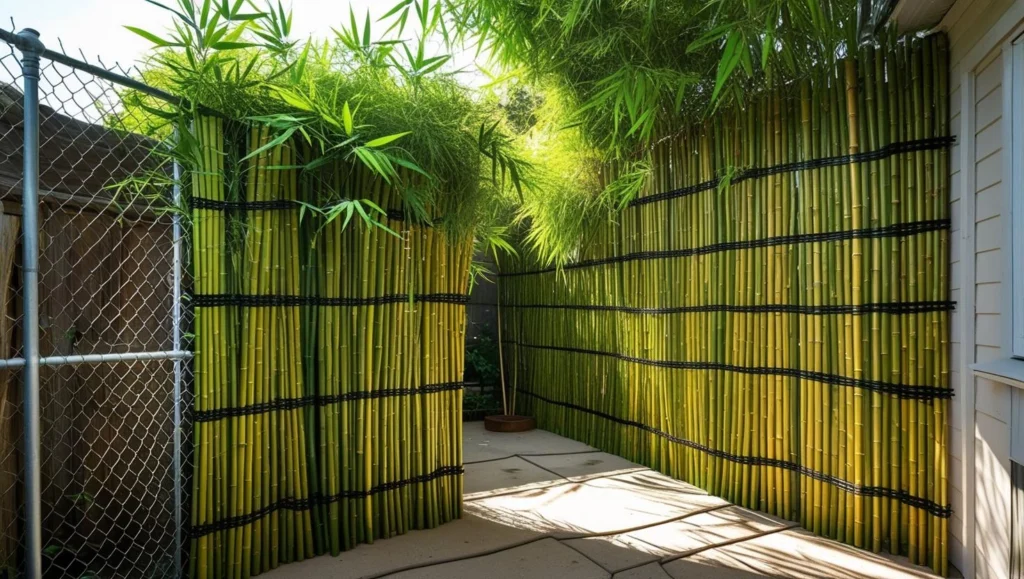
4. DIY Horizontal Slat Privacy Fence
Create a sleek, modern barrier using horizontal wood slats—great for style, airflow, and a contemporary feel in any yard.
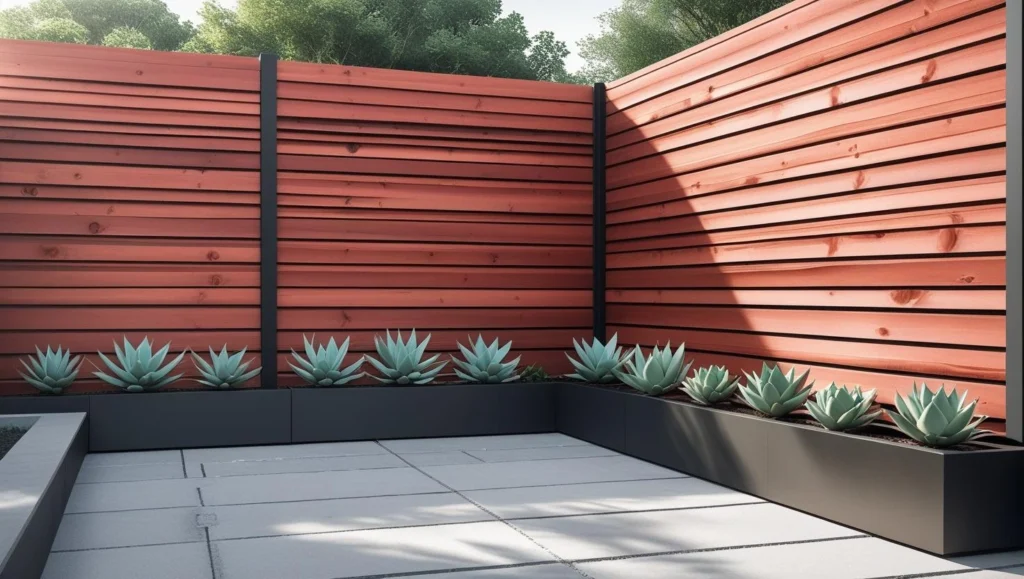
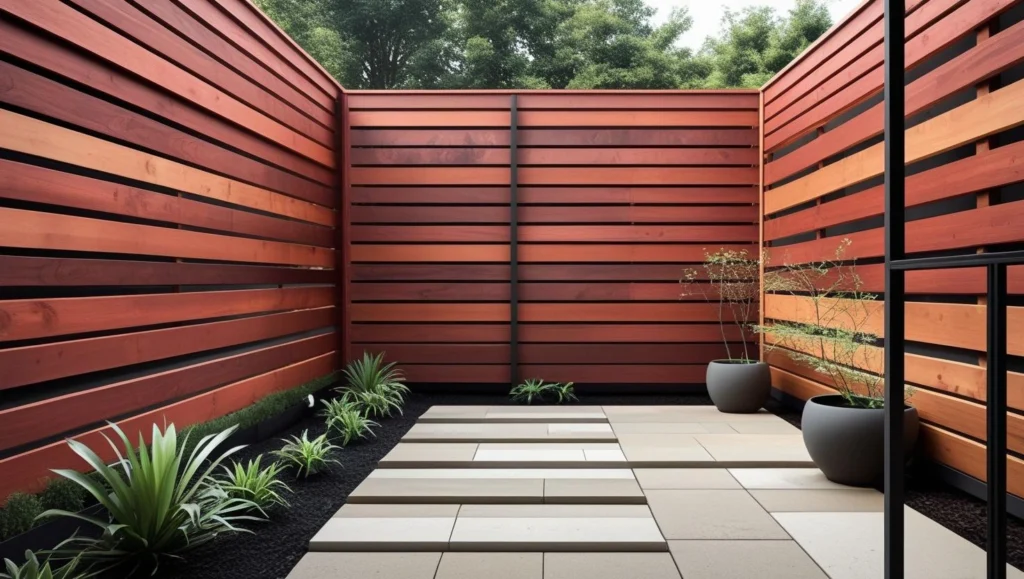
5. DIY Lattice Top Privacy Fence
Add elegance and height with a lattice-top fence that offers partial views and decorative charm—ideal for gardens and patios.
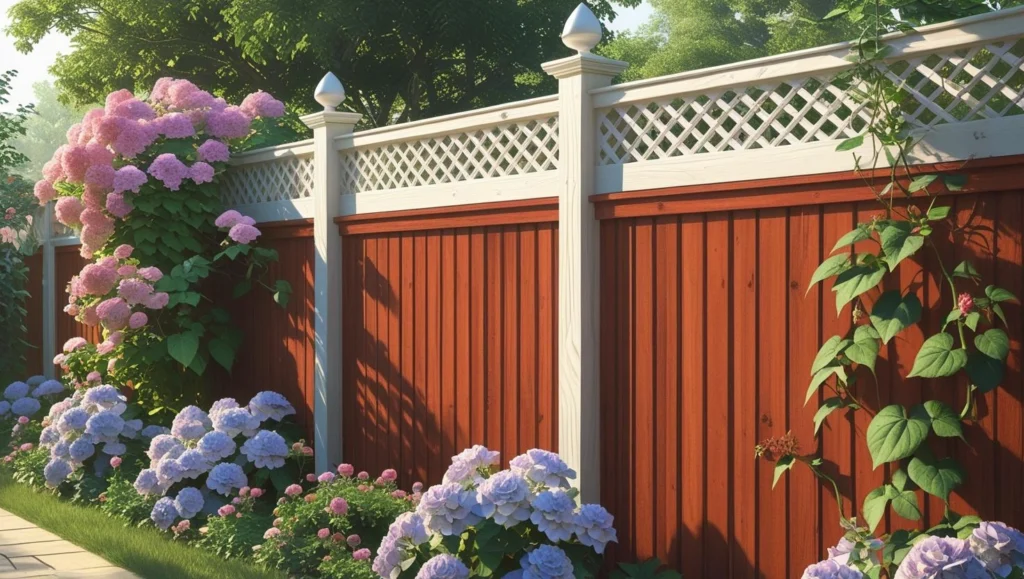
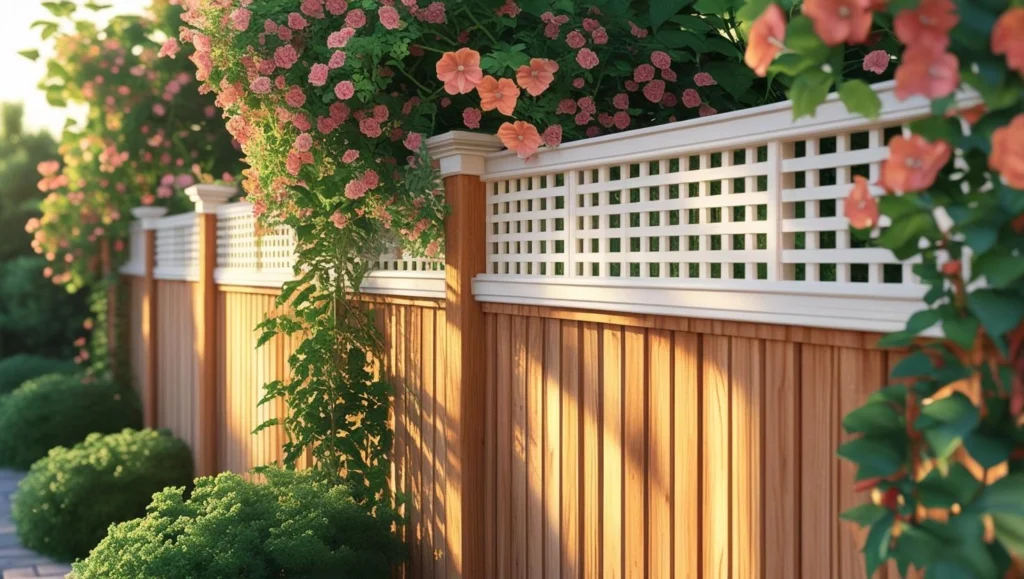
6. DIY Privacy Fence Using Corrugated Metal Panels
Mix rustic and industrial vibes by pairing corrugated metal sheets with wood framing—great for durability and bold backyard style.
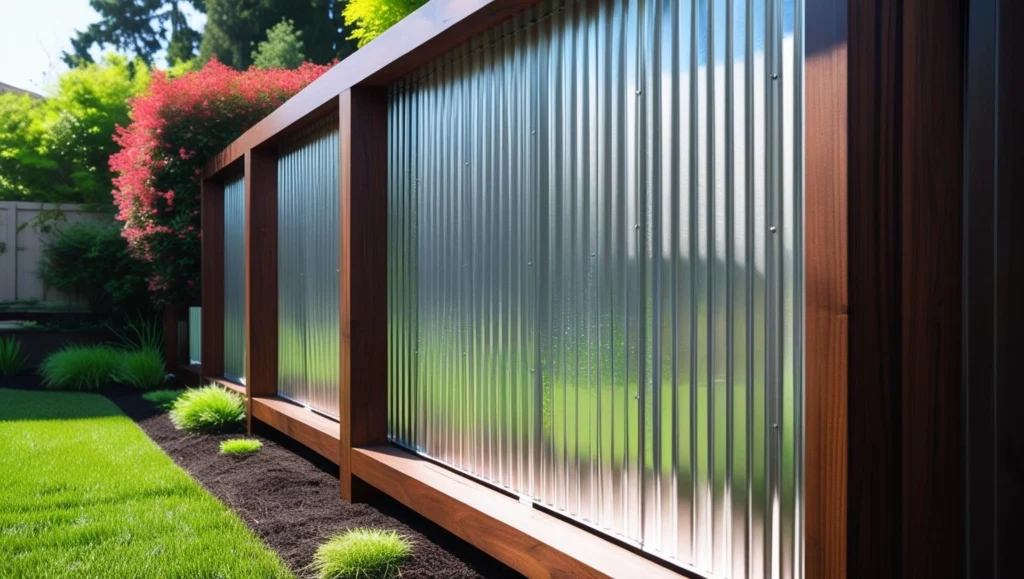
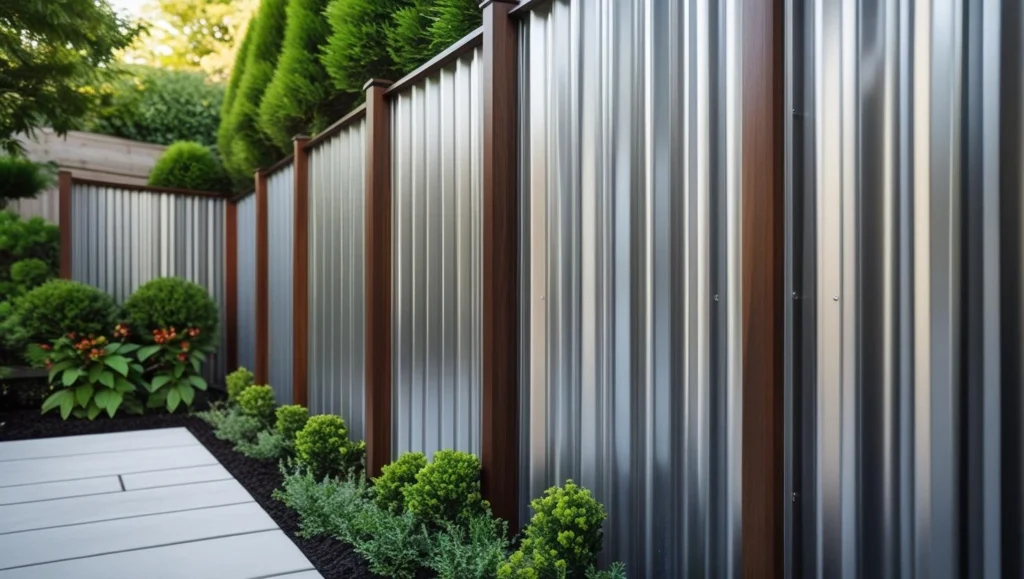
7. DIY Privacy Fence with Trellis for Climbing Plants
Blend beauty and privacy by incorporating a trellis top or side section—perfect for growing vines, flowers, or vertical vegetables.
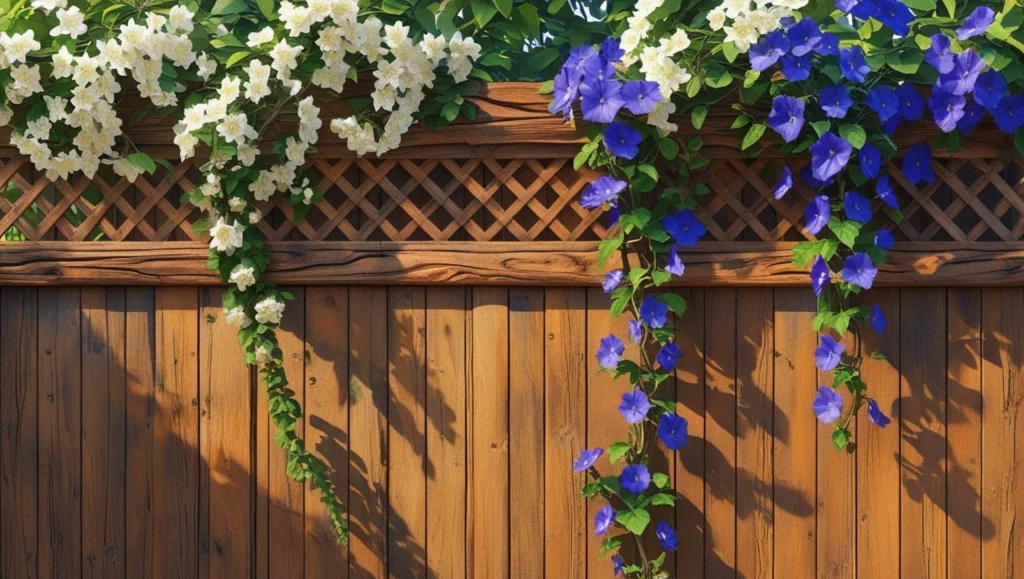
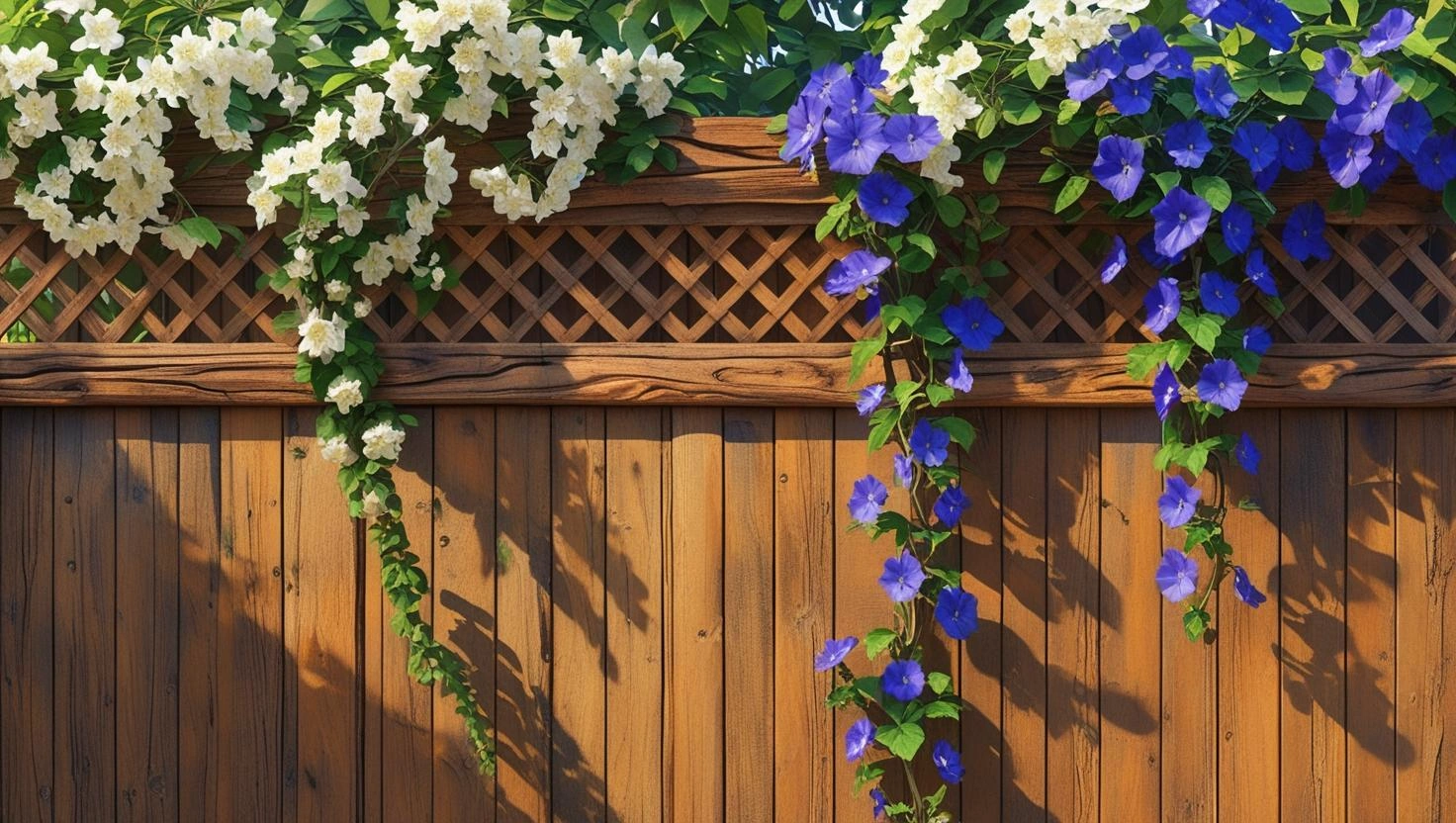
8. DIY Privacy Fence with Recycled Pallets
Go eco-friendly and cost-effective with a rustic privacy fence built entirely from reclaimed wooden pallets.
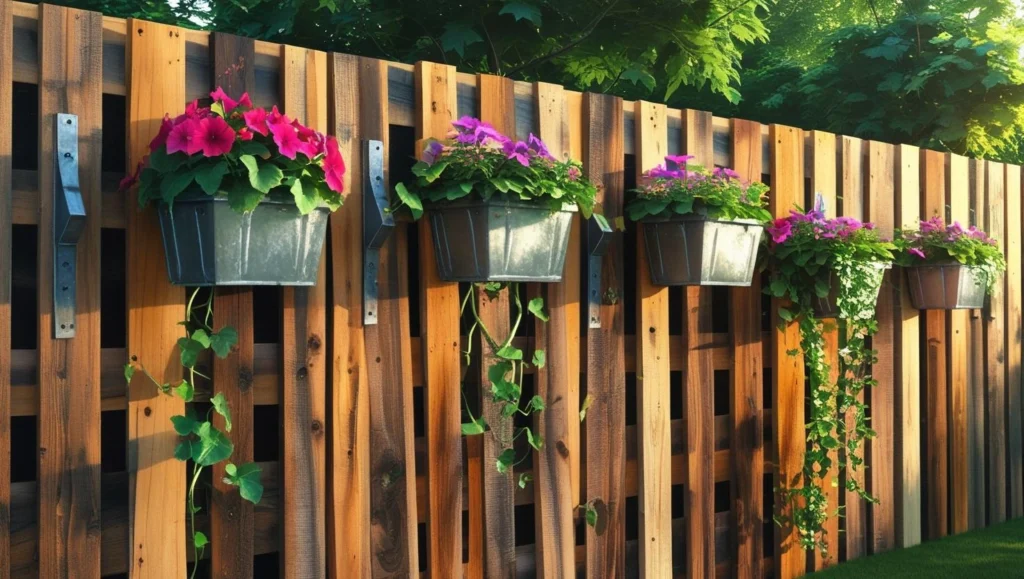
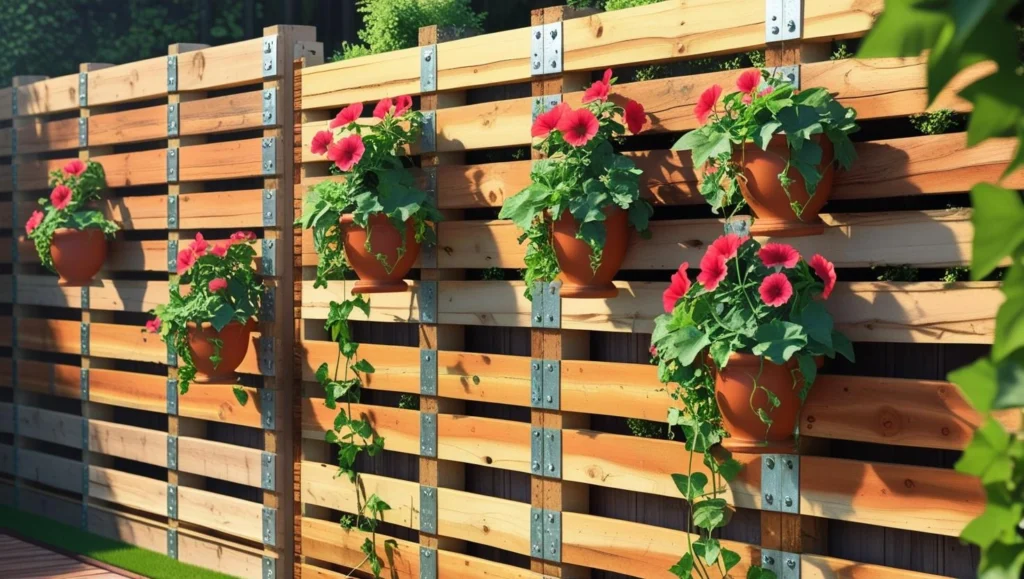
Tips For Diy Privacy Fence
Here are 10 essential tips for crafting a successful Diy Privacy Fence
—perfect for outdoor magic and lasting charm:
✅ 1. Check Local Codes First
Before you start, check your city’s building regulations and HOA rules for fence height, materials, and property line boundaries.
✅ 2. Mark Property Lines Accurately
Use a property survey or land marker to avoid legal disputes—don’t assume your neighbor’s fence is correctly placed.
✅ 3. Choose the Right Material for Your Climate
Use pressure-treated wood, cedar, bamboo, or metal panels depending on moisture, sun exposure, and durability needs in your area.
✅ 4. Use Concrete for Post Stability
Set your fence posts at least 2 feet deep in concrete to ensure they won’t lean or shift over time—especially in windy zones.
✅ 5. Space Posts Evenly
Keep fence posts spaced 6 to 8 feet apart, depending on panel weight and material, for maximum stability and minimal sag.
✅ 6. Consider Wind Flow and Gaps
If you live in a windy area, build a semi-private fence (like horizontal slats or spaced boards) to reduce stress on the structure.
✅ 7. Treat and Seal Wood Properly
Seal your wood with an exterior stain or paint to protect against moisture, rot, and UV damage—reapply every 1–2 years.
✅ 8. Plan for Drainage
Keep fence boards at least 2 inches off the ground to avoid soaking up rainwater and prevent rot or mold growth.
✅ 9. Add Decorative Features
Keep fence boards at least 2 inches off the ground to avoid soaking up rainwater and prevent rot or mold growth.
Conclusion For Diy Privacy Fence
A DIY privacy fence doesn’t just block views—it frames your space, defines your style, and gives you the peace of mind you deserve in your own backyard. Whether you’re building with pallets, corrugated metal, or cedar slats, each choice reflects your creativity and care.
With thoughtful planning, quality materials, and a few smart upgrades like planters or trellises, your fence can do more than divide—it can enhance. And best of all, it’s a project that adds long-term value, security, and beauty to your outdoor living space.
So grab those tools, measure twice, and build a fence that protects your peace and shows off your personality.
Read More DIY DIY Kids Play Background

